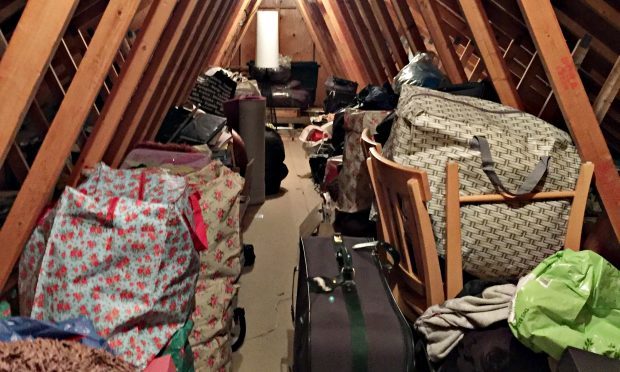Don’t throw that away – it’ll be worth money some day. We’ve all said it, or agreed when someone else did, and secretly we dream of making it rich, like Del and Rodney when they found that old watch after Only Fools And Horses got a bit tired.
Now somebody else has done it, for real, or so it seems. And it’s a compelling story.
Six years ago, lawyer Frank Abrams blew ten bucks on an old photo printed on metal. He found it in a flea market and hung it on his wall in North Carolina, USA.
It’s just been valued at $5 million because historians think the photo may show William Bonney, better known as Billy The Kid, and Pat Garrett, legendary figures of the old West. It was probably taken between 1875 and 1890, when the men were friends. In 1891 Garrett, by then a sheriff, shot and killed Bonney.
That photo, if genuine, is an astonishing piece of history, an artefact recording two fortune-hunters who crossed over into myth.
It’s also excitingly expensive.
I bang on about stuff a lot, I know. I feel we are tied to our possessions and sometimes they own us as much as we own them, although I understand today’s younger people are becoming less acquisitive.
Five years ago, I moved countries and it made me seriously consider what I wanted to own. But I didn’t ditch everything and I still have boxes containing items I will never use again.
So why keep them? Some of it has to be a desire that someone will agree that my junk has value. As a comic book collector, I’m always destroying people’s hopes by telling them their “rare” item is worth about 50p, but still they keep it because maybe, just maybe, it’s worth 50 grand.
It’s sentiment, too. We value our tat and think others should, too. That’s real silver, or at least plate, or, wait, it’s pewter but it was granny’s so we should keep it and perhaps it will be worth money some day.
And we scour the boot sales hoping to find treasure, because sometimes it does happen.
